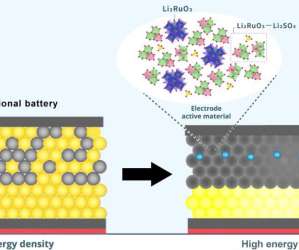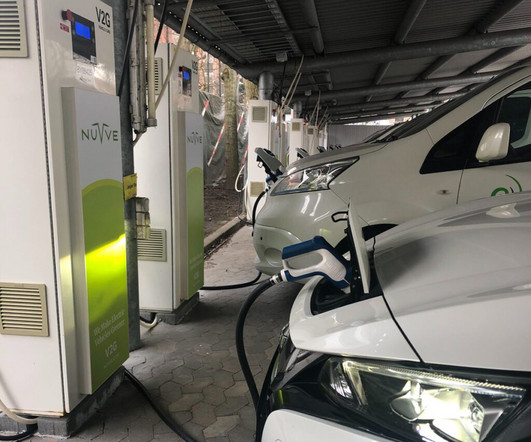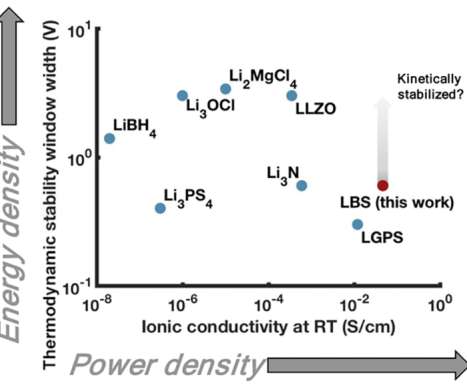How Purdue University Commercializes Its Research
Cars That Think
APRIL 15, 2022
“When I was learning data structures, I began to see things from a different viewpoint—how to make things efficient,” says Lu, a professor of electrical and computer engineering and a university faculty scholar at Purdue University’s Elmore Family School of Electrical and Computer Engineering , in West Lafayette, Ind.

























Let's personalize your content